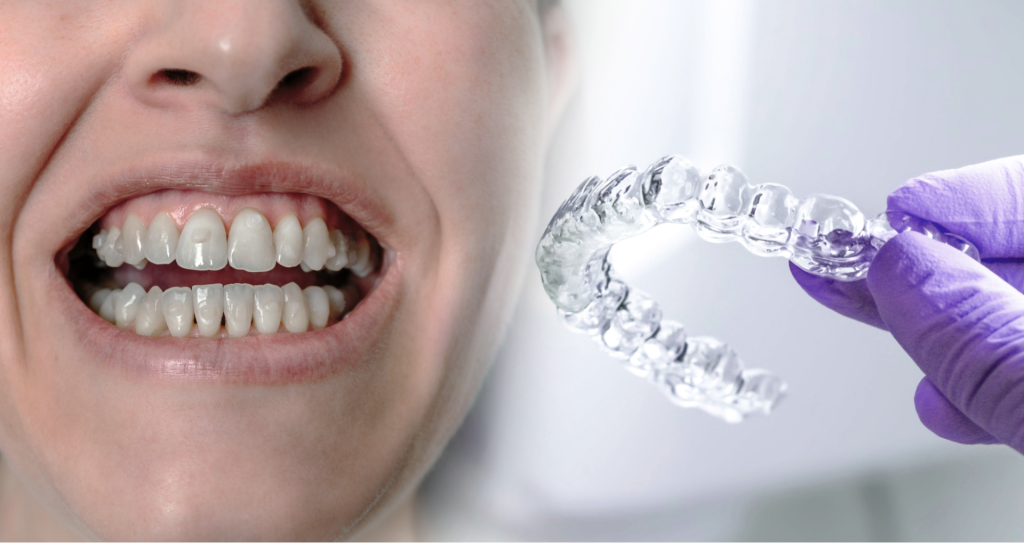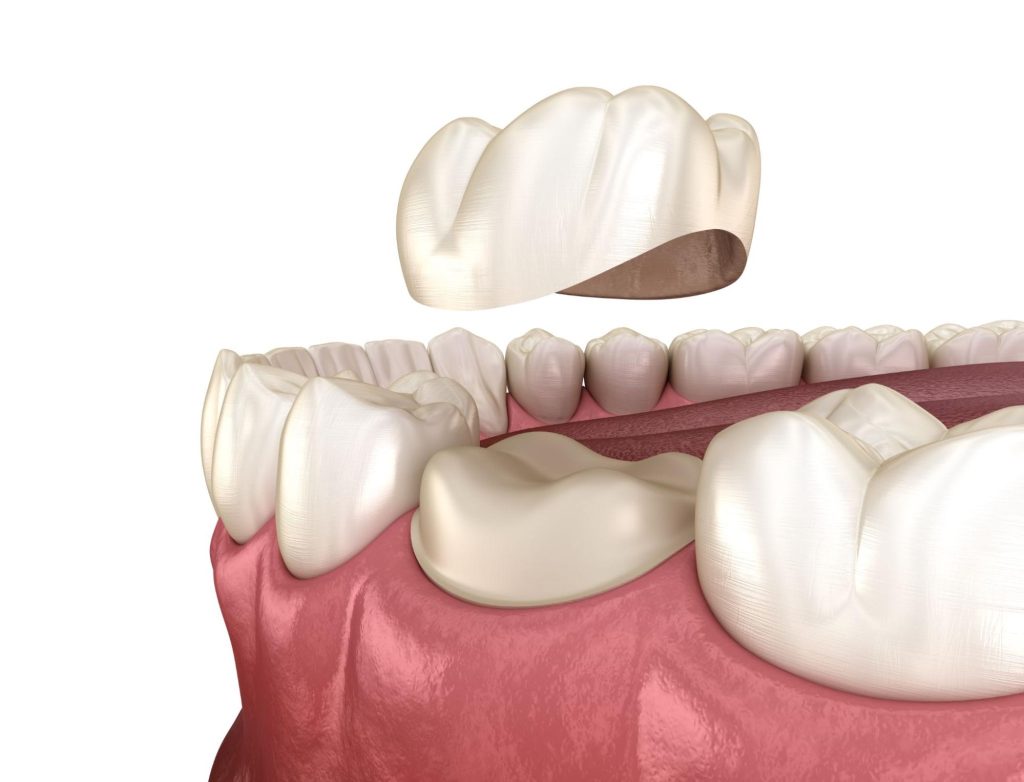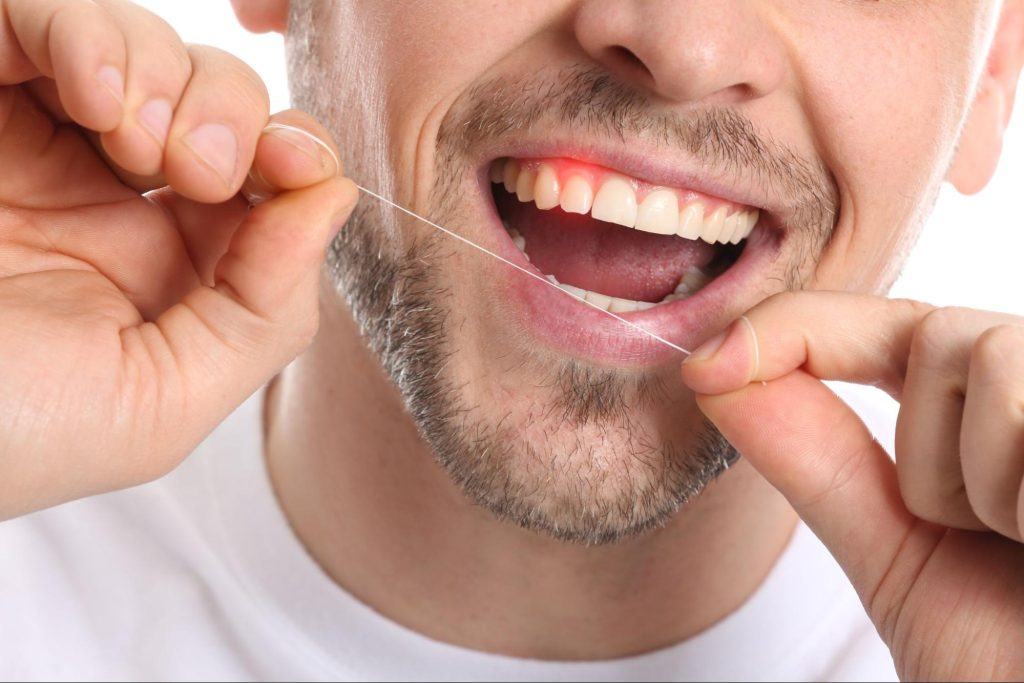What Is Periodontal Disease?
Periodontal disease is an advanced infection of the gum tissue and underlying bone tissue. It’s also known simply as gum disease; it’s the second stage after the more well-known gingivitis (or infection/inflammation of the gums). Periodontal disease is extremely common, though it rarely gets noticed until it’s in the more advanced stages.
While periodontal disease often goes unnoticed, it’s possible to catch it in time and possibly even prevent it. If you’re worried about the health of your gums and teeth, you’re in the right place. This article will discuss the signs and symptoms of periodontal disease, potential treatment options, and helpful ways to prevent this condition.
Causes of Periodontal Disease
Periodontal disease is most often caused by plaque build-up resulting from inadequate oral hygiene. Other contributing factors include tobacco smoking, inadequate nutrition (especially lack of vitamins A, C, and E), and generally poor health. Immunocompromised people also carry the potential for higher risk of periodontal disease.
5 Warning Symptoms of Periodontal Disease
Bleeding and Swelling
This symptom appears in the early stages, giving you a chance to resolve the infection. If the swelling is spreading or the bleeding is consistent (every time you brush, for example), it’s important to see your dentist as soon as possible.
Pain
As the infection progresses, pain and tenderness in the gums become difficult to ignore. The gums are now tender and may begin to tear or break, making eating and drinking more difficult. If you haven’t been to the dentist yet, now’s the time.
Mouth Sores
Mouth sores are generally quick to heal, but with periodontal disease, they take longer to resolve. The pain from your tender gums is now accompanied by painful sores that heal very slowly; your body tells you it needs help and fast.
Receding Gums
Many people don’t notice this gradually occurring symptom, especially at first. It can sometimes be due to other factors, but if your gum tissue is starting to pull away from the teeth, it’s a potential symptom of periodontal disease. This results in tooth sensitivity from the exposed roots, causing mild to moderate discomfort.
Tooth Mobility
Unfortunately, this is the stage of periodontal disease that can predict the permanent loss of your teeth. The gum and bone tissue become unstable, resulting in loose, mobile teeth. This may only be in one tooth at first, but leaving it unattended will cause the issue to spread.
How to Treat Periodontal Disease
Periodontal disease is manageable with proper care. Your treatment will start with a full exam to determine the severity of your condition and what might be causing your case – underlying health issues.
The next step will be to discuss treatment options and create an action plan for you and your dentist to follow. Your dental hygiene must become a priority to keep periodontal disease under control, which you’ll discuss with the dentist at your visit.
Depending on the severity and other factors, treatment can be non-surgical or surgical. The options are as follows:
Non-Surgical
Antibiotics
Prescribed topical and/or oral antibiotics can help to resolve the infection in some cases.
Scaling
This procedure uses an ultrasonic device and other instruments to remove tartar, plaque build-up, and harmful bacteria from the root area and beneath the gum line.
Root Planing
This process smoothes the root surface, helping to discourage further bacteria, plaque, and tartar build-up.
Surgical
Gum Grafting
For patients with extreme gum recession, gum grafting can help to minimise the sensitivity from having exposed roots. The process involves transferring gum tissue from other places in the mouth or transplants from approved donors.
Flap Surgery
This surgical process helps to better access the roots of the teeth for more effective root planing. It involves making tiny incisions to expose the roots, suturing them closed once the root planing procedure is complete.
A Word on Prevention
While there are multiple treatments available, the best option is to prevent periodontal disease from occurring in the first place. Practising adequate oral hygiene, maintaining good overall health, and refraining from using tobacco are all helpful in keeping the teeth and gums healthy, as is keeping up with regular dentist appointments.
Seeing a dentist regularly is the best way to ensure that early symptoms don’t go unnoticed and maintain your oral health. The health of your teeth and gums is just as important as your general health, so don’t wait until it’s too late. You should always take the signs and symptoms of periodontal disease seriously.
Summary
Many people miss the early warning signs of periodontal disease, failing to prevent the more advanced stages from occurring. While gingivitis is curable, periodontal disease is not. However, it is manageable through the use of surgical and non-surgical treatments, in addition to maintaining adequate oral hygiene.
If you suspect you may have periodontal disease or gingivitis, are experiencing the symptoms listed above, or simply want to ensure your oral health, book an appointment today. Our friendly staff are available to answer your questions, provide more information, and book an appointment at the most convenient time for you.



